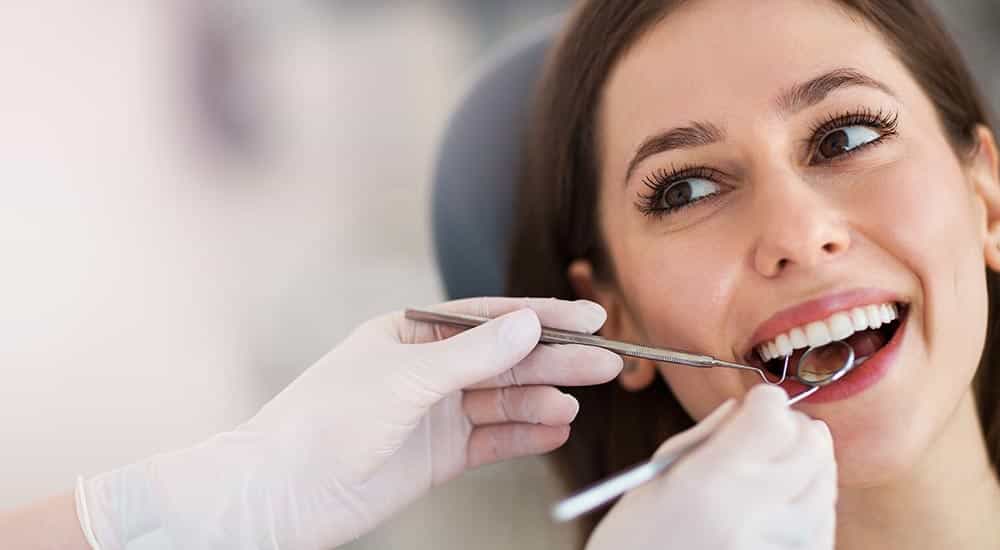Introduction Colour Psychology
In the ever-evolving digital landscape, the importance of a compelling online presence cannot be overstated, especially for dental practices seeking to attract new patients. A critical component of this online strategy is the design of dental websites, where colour psychology plays a pivotal role. Understanding and leveraging the nuances of colour can significantly enhance user experience and convey the right message to potential patients.
The Impact of Colour Psychology
Colour psychology is a fascinating area that examines how hues can influence perception and behaviour. In the context of dental websites, the strategic use of colours can create a calming and welcoming environment. This is vital in dentistry, where many individuals experience anxiety. According to research on colour perception, different colours can evoke specific feelings and emotions, which can be harnessed to improve patient comfort and trust.
The Role of Specific Colours
- Blue: Often associated with trust and professionalism, blue is a popular choice for dental websites. It conveys reliability and cleanliness, which are crucial attributes in the healthcare sector.
- Green: Symbolising tranquillity and health, green is another suitable option. It is known for reducing stress and can help in creating a serene experience for visitors.
- White: Utilised for its simplicity and association with purity, white can make a website appear more spacious and less cluttered, enhancing readability and user experience.
Implementing Colour Psychology in Web Design

When designing dental websites, it is important to consider how different colours interact and complement each other. A harmonious colour palette can guide users through the site seamlessly, highlighting key information and calls to action. The choice of colours should reflect the practice’s brand identity while also considering best practices for choosing a colour scheme in healthcare settings.
Steps to Consider
- Analyse the Brand Identity: The chosen colours should align with the brand’s values and the message it wishes to convey.
- Understand the Target Audience: Consideration of patient demographics and preferences can guide the selection of a colour palette that resonates well with visitors.
- Test and Refine: A/B testing different colour schemes can provide insights into user preferences and help refine the design for optimal engagement.
Benefits of an Effective Colour Strategy
An effective colour strategy helps in establishing a strong brand presence and can contribute to increased user engagement. It enhances readability and navigational ease, encouraging visitors to explore the site further. According to a study on consumer behaviour and colour influence, the right colour choice can also influence decision-making, which is crucial for converting website visitors into patients.
Conclusion
Understanding and implementing colour psychology is a powerful tool in crafting engaging and effective dental websites. By selecting the right hues, dental practices can create a welcoming digital environment that reflects their professionalism and care. This strategic approach not only improves user experience but also plays a crucial role in patient acquisition and retention. For those looking to enhance their online presence through thoughtful web design, exploring the potential of colour psychology is a step in the right direction.
Any surgical or invasive procedure carries risks. Before proceeding, you should seek a second opinion from an appropriately qualified health practitioner.



